In recent weeks we have delved into the relationship that children have with their classrooms. We had very interesting conversations about technology applied to teaching and how it can promote the self-management of knowledge in early childhood with Sugata Mitra; Similarly, with María Adelaida López we talked about how spaces designed for learning based on the needs of the communities can bring profound benefits for both students and their families and neighborhoods.
In this newsletter edition we continue exploring the dynamics of person and environment, but this time from the body, perception and emotions. We know – thanks to decades of psychological studies – that colors, temperature, shapes, the lack or presence of light are all conditions that have an effect on the psyche, influencing mood, concentration and even physiological disposition for different activities. Join us in the following article to learn how some institutions and professionals around the world face the challenge of building educational programs and accompanying spaces based on anatomy and physiology.
Benjamin Bloom was an American psychologist and pedagogue who made significant contributions in the field of learning and cognitive development, the best known being Bloom’s taxonomy. This tool is based on the idea that mental operations can be classified into six levels of increasing complexity, the lowest being knowledge and the highest being evaluation. It was an attempt to hierarchically order the cognitive processes that continues to be a reference to date. In 2001, it was revised by Lorin Anderson and David R. Krathwohl, ex-students of Bloom himself, who made significant changes as a result of the evolution of societies and technology, proposing the following order (from the most basic to the most complex): remember, understand, apply, analyze, evaluate and create.
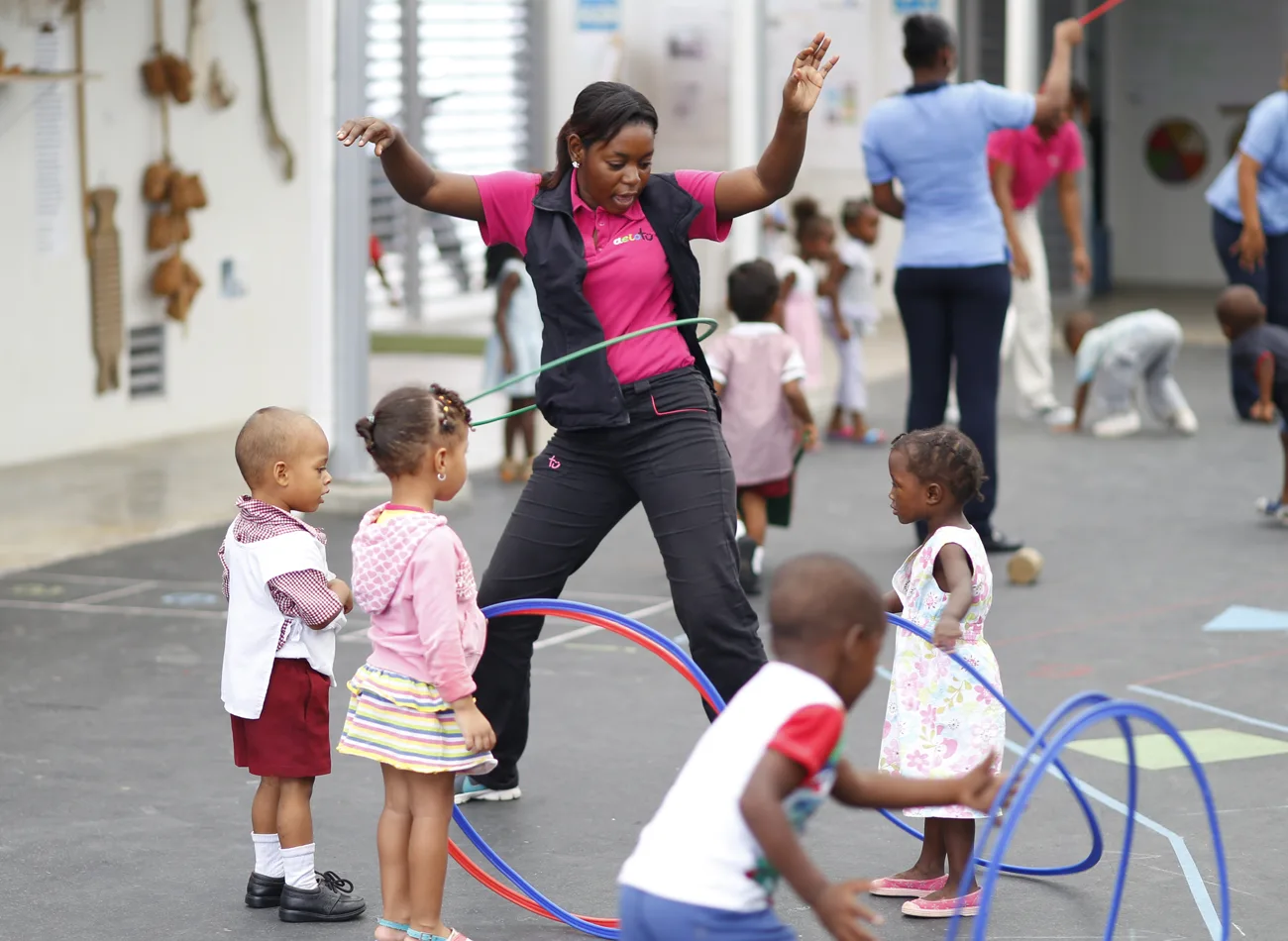
It is obvious that the traditional education system is designed based on the first, leaving children with few opportunities to develop the other five levels systematically. According to the psychologist and education specialist, Mariana Plata, in neurological terms, executive functions (memory, organization, planning, mental flexibility, etc.) are housed in the frontal brain, and it is very important when learning something new that they are working in the best way to ensure that the acquired knowledge is crystallized and stored.
“When the classroom environment is punitive and executive functions are compromised, it results in memorizing things in the short term, without producing learning. On the contrary, when the classroom is safe, there is good communication (not meaning less rigorous) with the teacher, there is less anxiety and stress, therefore the executive functions can function at their most optimal level and this knowledge is crystallized in an optimal way more durable,”
– Plata commented. –
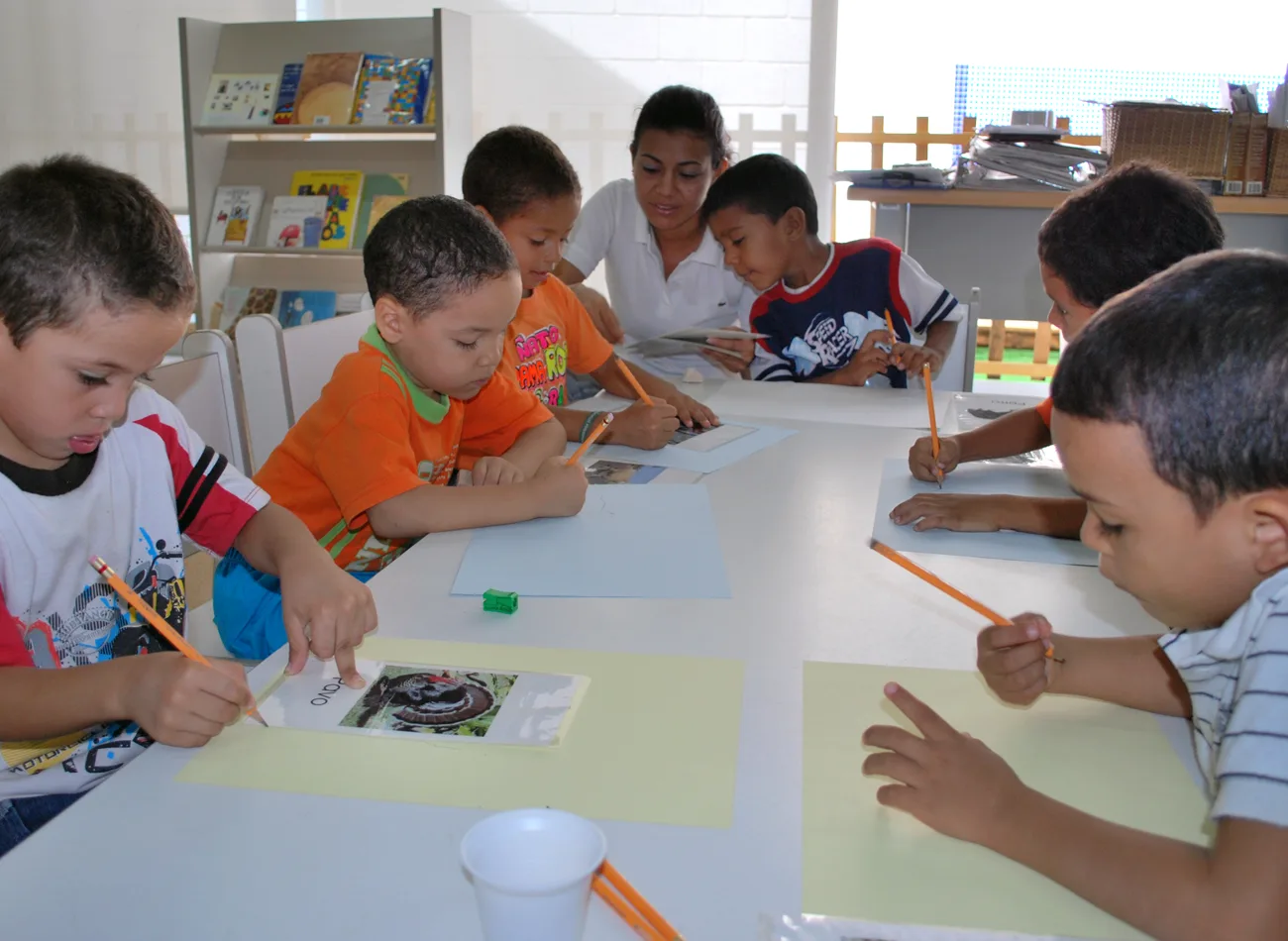
In order to achieve the ideal conditions in the classroom, several pedagogical currents have contributed their ideas of what the priorities should be when building –physically and conceptually– these spaces. In general, more or less explicitly, these approaches share a connection with nature and contact with “real life” (beyond the walls of the classroom), relying heavily on experimentation and learning through direct manipulation. They leave little room for the student to find well-being and self-confidence in the process. Special emphasis is placed on the materials, the furniture and its arrangement, the environments and, above all, the organization of the day and the activities that take place in it. In the words of Katia Hueso, author of the book Educar en la Naturaleza: “They definitely give more emphasis to the journey than to the destination.”
So, the question arises: is it possible to create the ideal environment, integrating significant human relationships and spaces designed with the purpose of making the best use of executive functions? In an exhaustive search to find the perfect combination to achieve this, neuro-education expert Nikole Lee founded the United School of Panama, with a program based on the emotional, neural and physiological needs of the students. Mrs. Lee and her team developed their own methodology that mixes elements of the International American curriculum with best practices from various disciplines, which is reflected in some areas such as:
- Campus is designed in such a way to always have a view of the garden from any point.
- An important part of the program takes place in the green spaces.
- It is the students who rotate classrooms, not the teacher.
- They teach physical education every day, during key times of the day.
- Schedule based on circadian rhythms and cycles.
- Nutrition as a pillar of well-being.
- Strong and committed ties with parents.
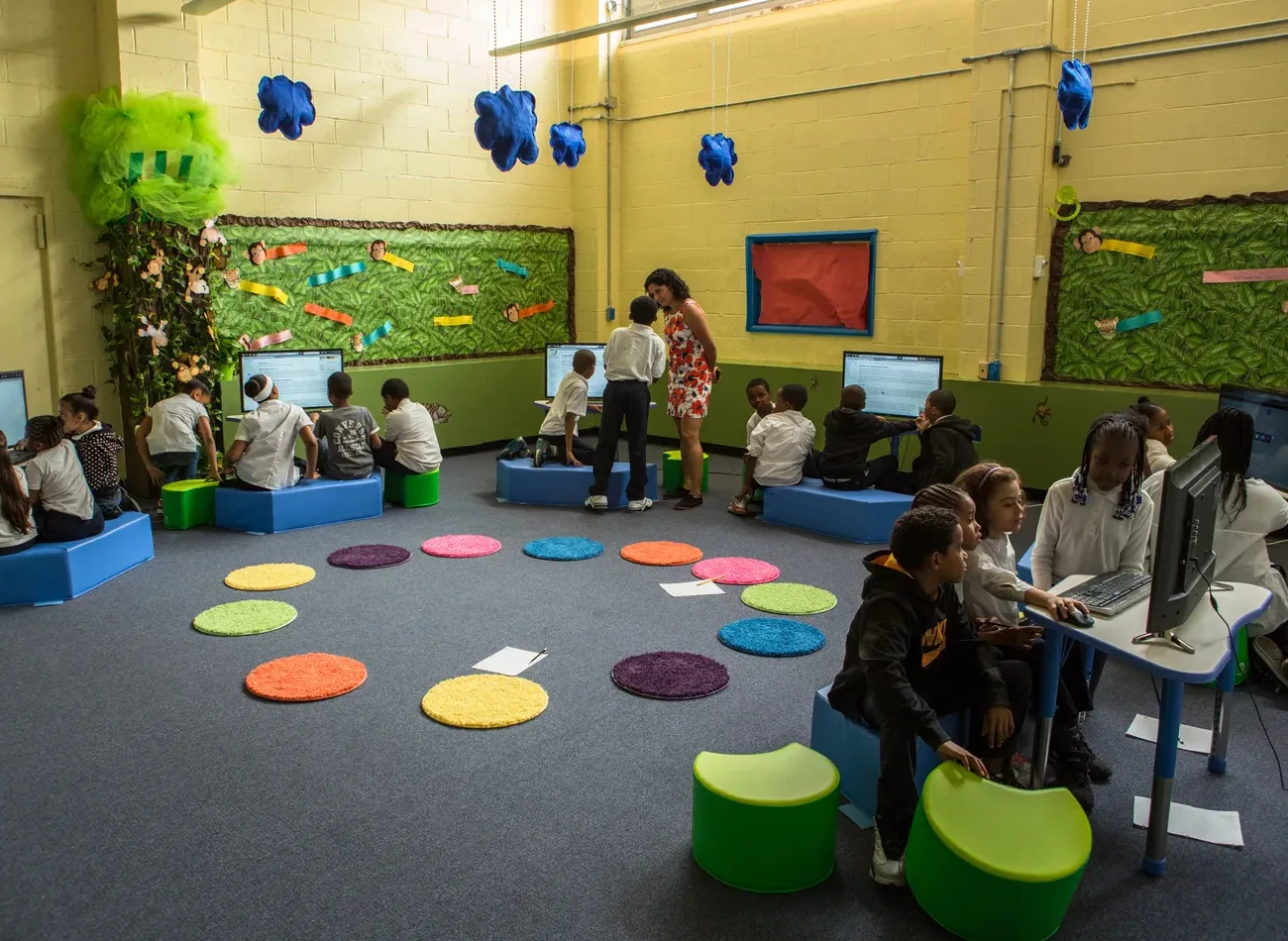
In 2015, Paul Zientarski presented the TEDx titled “Want Smarter, Healthier Kids? Try Physical Education!” in which he recounted his experience in charge of the Learning Readiness Physical Education (LRPE) program at Naperville Central High School. This program has consistently proven that quality physical activity carried out on a daily basis in the school environment not only reduces the possibility of obesity in the student population, but also improves academic performance. Discovery that reaffirms the importance of thinking about the wholeness of the human being when putting together educational programs and the spaces in which they are carried out.
It is clear that the more interdisciplinary the team in charge of designing classrooms is, the more possibilities we will have to take into account all the aspects involved in the development of students, understanding that they are developing human beings, with nutritional, emotional, energy and activity very different from those of adults. In this sense, it is vital that landscape designers, architects and interior designers can work hand in hand with nutritionists, pediatricians, neuro specialists and physiologists to create favorable environments so that both the brain and the rest of the organs work in the best possible way and help the synthesis of information to arrive at a learning potential where analysis and creation actually takes place, instead of pure memorization.


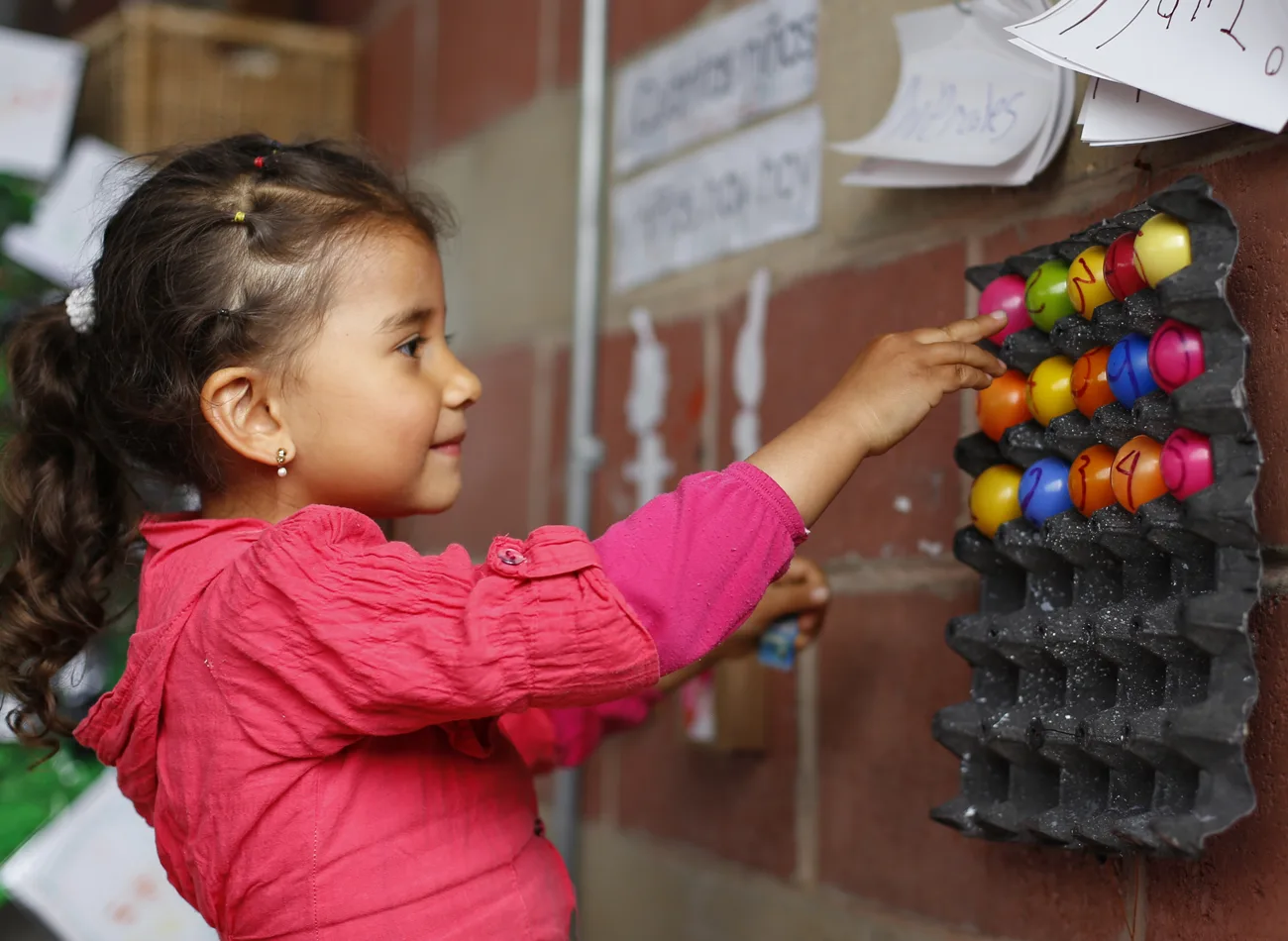
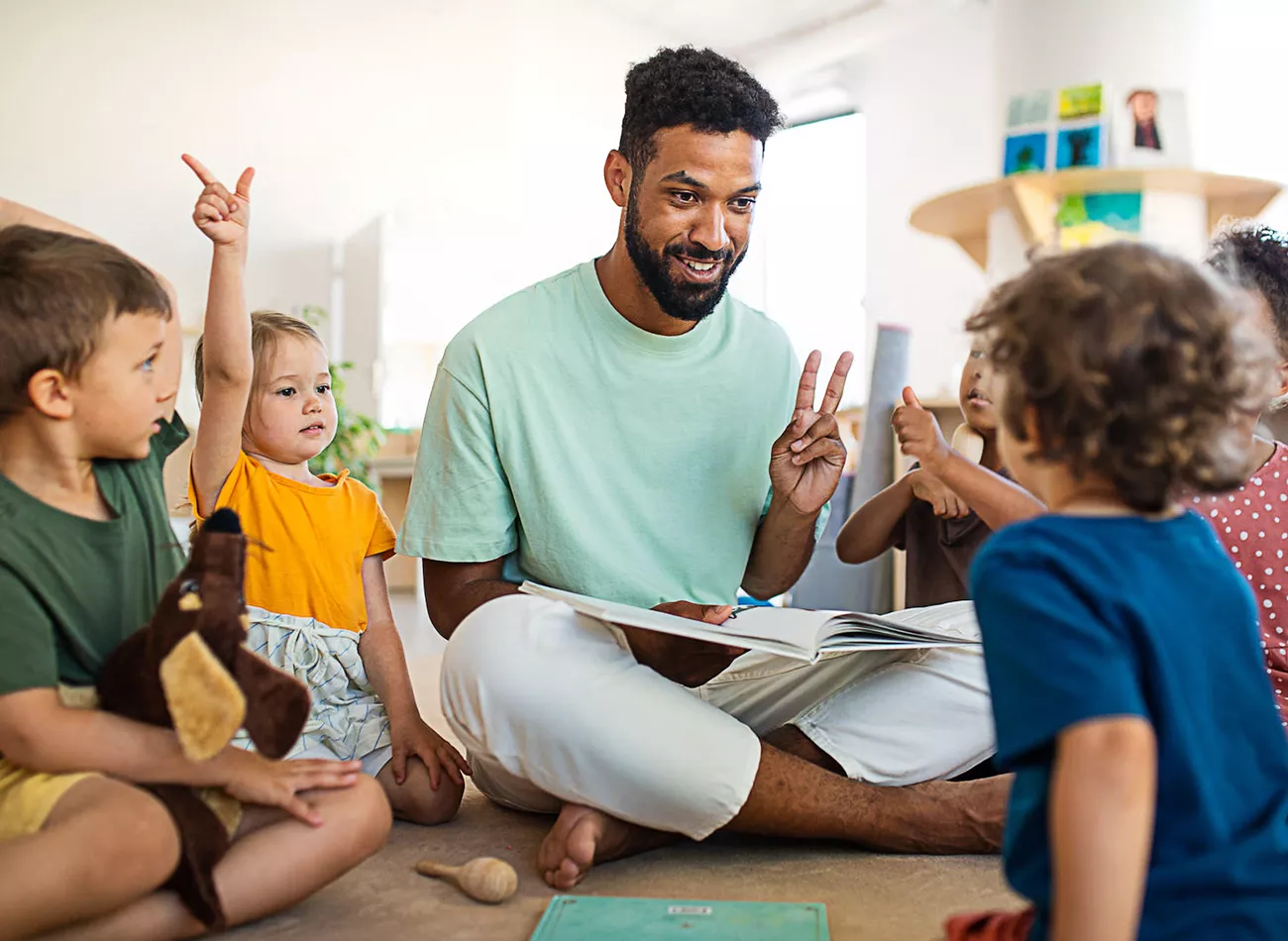
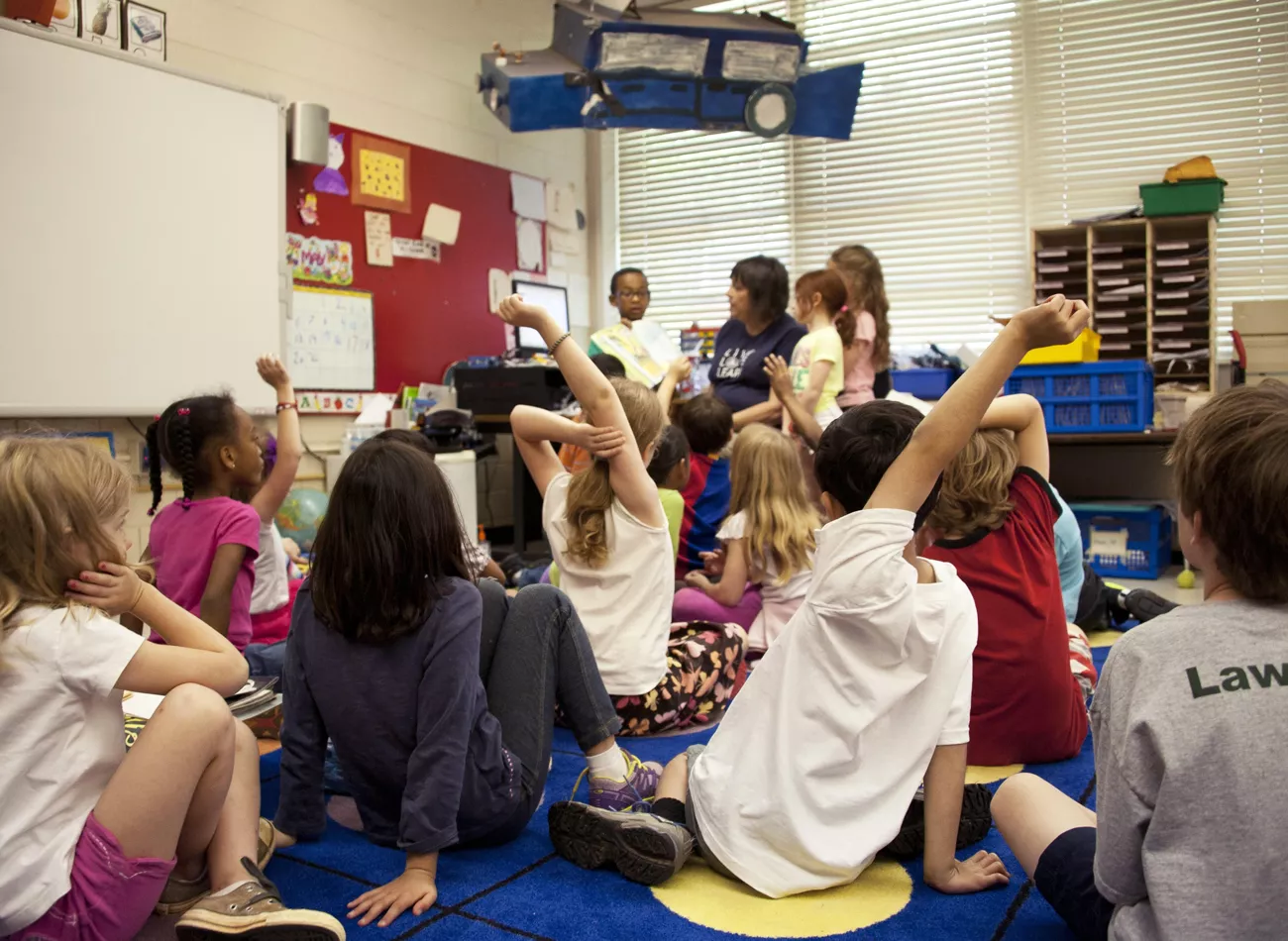
Bendiciones, el trabajo educativo en su amplitud es una jornada que involucra las experiencias desde familia e instituciones, aunque el modelo original es ambiente familiar, por eso considero que los espacios de imparticion del conocimiento debe ser muy acogedor, dado para la innovación desarrollo de la creatividad del estudiante. Con supervicion y dirección.
Este va mucho más allá. En su calidad humana, porque nuestra naturaleza humana es ser sociable. No debe existir ningún tipo de rechazo.